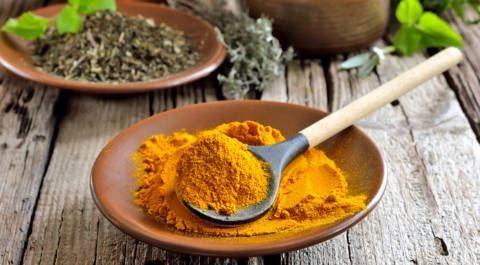
To be a well-trained athlete means more than to simply be healthy and fit. Professionals must also have knowledge in their field – they must be educated on the principles of exercise physiology. In this, they seek to understand not only how to maintain a healthy body, but what it means to have a healthy body. Understanding muscles is a key component to this. What makes up a muscle? What are some processes of muscles? And how do muscles function?
Like Organic Soul on Facebook
Muscle Fibers – The Two Types
When looking at muscles, we find out there are two types: type I, which is known as ‘slow-twitch’ or slow oxidative, and type II, which is known as ‘fast-twitch’ or fast oxidative. Why is this important? Because skeletal muscle is not a single, homogenous group of fibers that act the same with the same properties. Rather, it is a complex layering of muscles, all with different attributes and characteristics. Knowing your muscles is just one step in understanding your body.
Type I – Slow Twitch
Type I muscles are considered “slow” because of the time it takes to contract the muscle. These muscles have a relatively slow shortening speed to fast twitch muscles, which gives homage to their name. These muscles also rely on aerobic metabolism, the long-term energy system in our body. Aerobic metabolism means we use oxygen in our energy conversion. While this takes longer for our body to do, is produces incredible amounts of energy.
Type II – Fast Twitch
Fast Twitch muscles, as the name implies, have a much quicker shortening speed when compared to slow twitch. As we said, type I muscles largely use aerobic metabolism, or the long-term energy system. Here, however, fast twitch muscles are active during short term, high intensity exercising. In other words, this system relies on anaerobic metabolism, or energy conversion without the use of oxygen.
There are also two types of type II fibes – type IIa, known as fast oxidative glycolytic, and type IIx, which is fast glycolytic. Type IIa has a high oxidative capacity and a high anaerobic capacity. Type IIx muscles have a high glycolytic/low oxidative capacity, making them quicker to fatigue.
Muscle Action
Now that we have a better understanding of the types of muscles and how they function, we can discuss some specific actions of muscles when exercising. Here, the actions of muscles categorically parallel that of the muscle types. That is, there are two main types of action, and one has two sub types. First, there is isometric muscle action, and second there is dynamic muscle action, which is broken down further.
Isometric Muscle Action
Isometric muscle action is founded on the principle that, while the muscle is activated, the force exerts is equal to the force it is resisting, causing no change in joint angle. The second part of that is most crucial to understand: there is no change in joint angle. Techniques that use isometric muscle action are usually seen in rehabilitation centers and with the mechanically disadvantaged.
Dynamic Muscle Action
Dynamic muscle action speaks to the opposite – there is a change in joint angle. This can either be an increase in joint angle, or a lengthening of the muscle, or it can be in a decreas e in the joint angle, or the contracting of muscles. These two – lengthening and contracting – have two subcategories related to them.
e in the joint angle, or the contracting of muscles. These two – lengthening and contracting – have two subcategories related to them.
Lengthening is also referred to as eccentric muscle action. This increase in joint angle involves moving in the same direction of the external force – say, gravity. Contracting refers to concentric muscle action. This decrease in joint angle is when we move opposite to the external force – or, raising your arms against gravity.
Importance
Why is this all important? By better understanding your muscles and how they function, you can begin to better understand your body as a whole system. Muscles aren’t simply ‘there’. They are made up of thousands of bands of microfibers, and these fibers act in very particular ways. Understanding these fibers helps trained professionals decide whether they want to become more aerobic fit, or, on the other hand, stronger; in other words, it helps them decide the exercise program they undertake. Each option correlates to the different muscle types.
That said, get to know your muscles a little better. The better you know and treat them, the better they will treat you!













